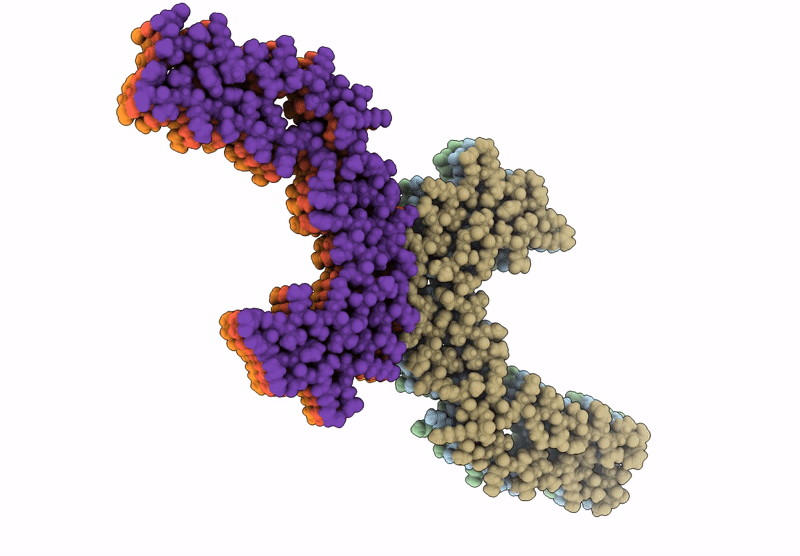
Deposition Date
2025-04-30
Release Date
2025-06-11
Last Version Date
2025-10-22
Method Details:
Experimental Method:
Resolution:
2.80 Å
Aggregation State:
FILAMENT
Reconstruction Method:
HELICAL


